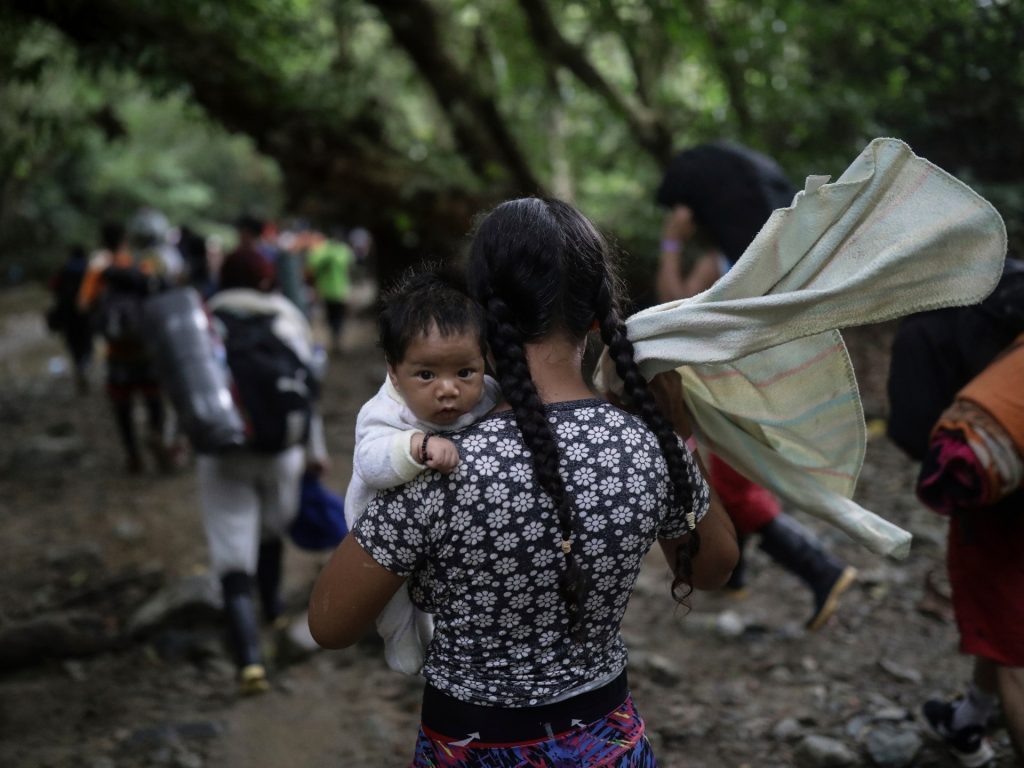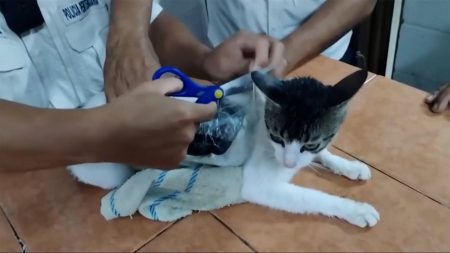A new report released by the Mixed Migration Centre highlights the success of the Safe Mobility Offices (SMOs), an initiative launched by the US State Department in 2023 to address irregular migration to the United States. The SMOs were established in Latin American countries to allow qualifying migrants to apply for resettlement in the US through legal pathways, such as pursuing refugee status. Despite restrictions limiting the programme’s benefits, the report praised the offices as a positive step forward in providing a new path to protection for vulnerable migrants.
The Safe Mobility Initiative was introduced amidst pressure on the US government due to record levels of irregular crossings at the US-Mexico border. With 2,475,669 documented encounters in the 2023 fiscal year, the US Border Patrol faced unprecedented challenges. The SMOs were designed to serve as processing centres away from the border, providing eligible migrants and refugee applicants with support for their immigration cases and other services without having to make dangerous journeys to the border. Although thousands of individuals have been resettled or approved for resettlement through the programme, it remains a fraction of the total number of migrants and asylum seekers expected at the border.
Branches of the Safe Mobility Offices have been opened in Colombia, Costa Rica, Ecuador, and Guatemala, with plans to establish around 100 centres across the Western Hemisphere. Despite its promise, the report from the Mixed Migration Centre highlights concerns that the current restrictive eligibility requirements and the volatile political environment in the US could limit the effectiveness and sustainability of the programme. Immigration has emerged as a central issue in the presidential race, raising doubts about the future of the SMOs.
Restrictions to applying for the Safe Mobility programme include limited eligibility for citizens of only nine countries, excluding many vulnerable migrants, such as those in transit or without legal status. The emphasis on refugee resettlement at the centres, without direct support for other migration pathways like humanitarian parole programmes or work visas, is considered a structural deficiency. While the initiative has been successful in reaching Venezuelans in Colombia and Guatemalans in Guatemala, the report stresses the need for broader access to available migration pathways for a more comprehensive impact.
The State Department spokesperson highlighted the positive impact of the Safe Mobility Initiative, stating that thousands of applicants have been able to rebuild their lives in local host communities or resettle safely in the US or other countries. The initiative aims to expand options provided to migrants, including lawful labor pathways to other countries in the Americas and Europe, as well as promoting integration and regularization of migrants. The report recommends replicating the SMOs model in other regions, such as Europe, to increase safe pathways for vulnerable individuals seeking protection.
Overall, the Mixed Migration Centre report acknowledges the progress made by the Safe Mobility Offices in providing new opportunities for vulnerable migrants. Despite the limitations and shortcomings identified, the initiative represents a step forward in addressing irregular migration and expanding access to resettlement options for those in need of protection. By addressing the concerns raised in the report and adapting the programme to overcome its deficiencies, the Safe Mobility Initiative could serve as a model for other countries and regions looking to facilitate safer migration pathways for vulnerable populations.















